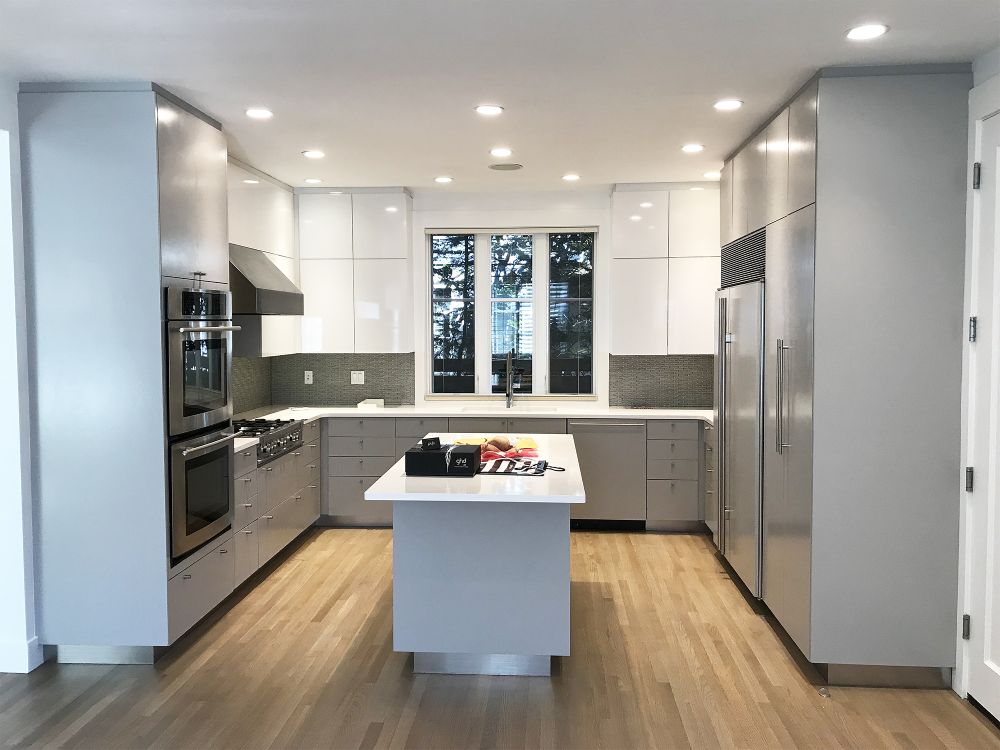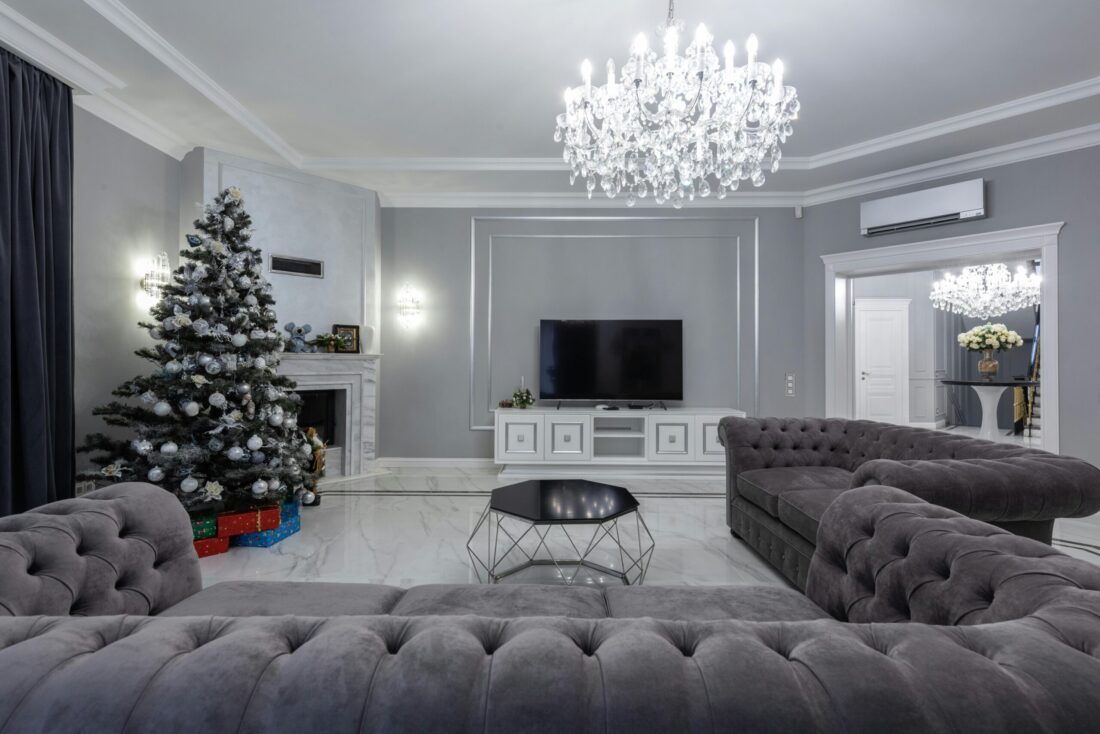In the Pacific Northwest—where moisture is part of daily life—mold and mildew are constant threats to your home’s exterior. Left unchecked, these fungal invaders can eat away at wood, stain surfaces, and even impact your indoor air quality. But there’s good news: summer is the perfect time to fight back with exterior painting and caulking.
Here’s how applying a fresh coat of paint and sealing up gaps can protect your home from the damaging effects of mold and mildew—especially in a climate like Seattle’s.
Why Mold and Mildew Thrive in the PNW
Seattle and the surrounding region are known for their lush greenery and scenic coastline—but also for frequent rain, high humidity, and overcast skies. These damp conditions create a breeding ground for mold and mildew on exterior surfaces, especially if your home’s paint is worn, cracked, or peeling.
Wood siding, trim, decks, and fences are particularly vulnerable. Once moisture gets into these materials, mold spores can settle in and multiply—causing discoloration, decay, and expensive repairs down the line.
Summer Is the Ideal Season for Protection
You might be surprised to learn that summer is the best time to guard against mold and mildew—before the rains return. Here’s why:
- Dry Conditions: Summer offers longer stretches of dry weather, allowing paint and caulking to cure properly.
- Warm Temperatures: Most exterior paint products cure best between 60°F and 85°F, making Seattle summers ideal.
- Longer Days: Extended daylight means more time for surface prep, painting, and drying.
Painting in summer ensures that the protective layer you’re applying has the best possible chance of bonding to the surface and sealing out moisture.
How Paint and Caulk Work as Moisture Barriers
A high-quality paint job does more than improve curb appeal—it acts as a protective shield for your home. Here’s how it helps:
- Seals Porous Surfaces
Wood and older siding materials absorb water like a sponge. Applying paint or stain creates a sealed layer that repels moisture and prevents mold-friendly conditions.
- Blocks UV Damage
UV rays can break down wood fibers and existing paint, leading to cracking and exposure. Fresh paint contains UV inhibitors that protect surfaces from degradation.
- Caulking Closes Gaps
Small cracks and gaps around windows, doors, siding joints, and trim let in moisture. Caulking seals these vulnerable entry points, stopping water infiltration before it starts.
Painting & Caulking Tips for Mold Prevention
Whether you’re tackling it yourself or hiring a pro, keep these tips in mind for long-term mold protection:
- Choose Mold-Resistant Paints: Look for exterior paints with built-in mildewcides or labeled as “mold resistant.”
- Power Wash First: Clean surfaces thoroughly to remove existing mold, mildew, and dirt before painting.
- Use High-Quality Caulk: Apply paintable, exterior-grade caulk to all joints, seams, and cracks. Silicone or polyurethane options offer excellent water resistance.
- Paint All Sides: Don’t just focus on what’s visible—paint the undersides of trim, soffits, and fascia boards too.
- Inspect Annually: Make it a summer habit to inspect your exterior paint and caulking for wear and touch up as needed.
Stay One Step Ahead of the Moisture
In the Pacific Northwest, mold and mildew are an ongoing battle—but you can win with smart maintenance. A summer exterior paint job, paired with proper sealing and prep, acts as a strong first line of defense against the region’s notorious moisture.
If it’s been more than 5–7 years since your home was painted—or if you’re already seeing signs of mold, peeling paint, or warped siding—now’s the time to take action.
Let Hate to Paint? Help Protect Your Home
At Hate to Paint?, we specialize in exterior painting for Seattle-area homes—focusing on durability, moisture protection, and long-term beauty. Our expert painters use premium mold-resistant products and precision caulking techniques to seal your home from the elements.
Contact us today for a free summer painting estimate and keep mold and mildew off your to-do list.







